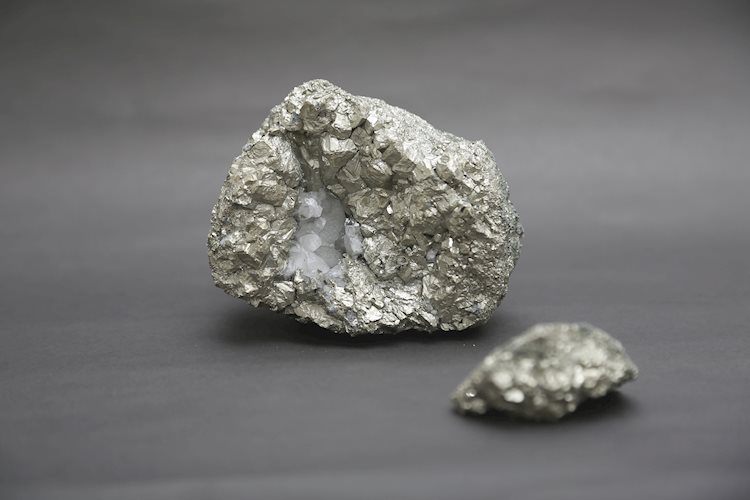- Silver attracts some dip-buyers near the $30.75 area, albeit it lacks bullish conviction.
- The mixed technical setup warrants caution before placing aggressive directional bets.
- A sustained move and acceptance above $32.00 will be seen as a fresh trigger for bulls.
Silver (XAG/USD) reverses an intraday slide to the $30.75 area and climbs to the top end of its daily range during the early part of the European session on Tuesday. The white metal keeps the red for the second straight day and currently trades just above the $31.00 mark, down 0.40% for the day.
From a technical perspective, the XAG/USD has been showing some resilience below the 100-hour Simple Moving Average (SMA). Moreover, mixed oscillators on the daily chart warrant some caution before positioning for the resumption of the recent retracement slide from the vicinity of the $33.00 mark, or the highest level since December 2012 touched earlier this month.
In the meantime, the daily swing low, around the $30.75 region, now seems to protect the immediate downside ahead of the $30.35-$30.25 area and the $30.00 mark. This is followed by the $29.85-$29.75 confluence, comprising the 100-day and the 50-day SMAs, which if broken decisively will be seen as a fresh trigger for bearish traders and pave the way for deeper losses.
The subsequent downfall could drag the XAG/USD to the $29.45 intermediate support en route to the $29.00 round figure and the $28.80.$28.75 region. The downward trajectory could extend further towards the $28.35-$28.30 area before the white metal eventually drops to the $28.00 mark and aims to test the September monthly swing low, around the $27.70-$27.65 zone.
On the flip side, any subsequent move up is likely to confront stiff resistance near the $31.50 area. Some follow-through buying could allow the XAG/USD to reclaim the $32.00 mark. This is followed by resistance near the 32.25 supply zone, which if cleared could lift the XAG/USD back towards the multi-year peak, just ahead of the $33.00 round figure touched on October 4.
Silver 1-hour chart
Silver FAQs
Silver is a precious metal highly traded among investors. It has been historically used as a store of value and a medium of exchange. Although less popular than Gold, traders may turn to Silver to diversify their investment portfolio, for its intrinsic value or as a potential hedge during high-inflation periods. Investors can buy physical Silver, in coins or in bars, or trade it through vehicles such as Exchange Traded Funds, which track its price on international markets.
Silver prices can move due to a wide range of factors. Geopolitical instability or fears of a deep recession can make Silver price escalate due to its safe-haven status, although to a lesser extent than Gold’s. As a yieldless asset, Silver tends to rise with lower interest rates. Its moves also depend on how the US Dollar (USD) behaves as the asset is priced in dollars (XAG/USD). A strong Dollar tends to keep the price of Silver at bay, whereas a weaker Dollar is likely to propel prices up. Other factors such as investment demand, mining supply – Silver is much more abundant than Gold – and recycling rates can also affect prices.
Silver is widely used in industry, particularly in sectors such as electronics or solar energy, as it has one of the highest electric conductivity of all metals – more than Copper and Gold. A surge in demand can increase prices, while a decline tends to lower them. Dynamics in the US, Chinese and Indian economies can also contribute to price swings: for the US and particularly China, their big industrial sectors use Silver in various processes; in India, consumers’ demand for the precious metal for jewellery also plays a key role in setting prices.
Silver prices tend to follow Gold’s moves. When Gold prices rise, Silver typically follows suit, as their status as safe-haven assets is similar. The Gold/Silver ratio, which shows the number of ounces of Silver needed to equal the value of one ounce of Gold, may help to determine the relative valuation between both metals. Some investors may consider a high ratio as an indicator that Silver is undervalued, or Gold is overvalued. On the contrary, a low ratio might suggest that Gold is undervalued relative to Silver.
Read the full article here

